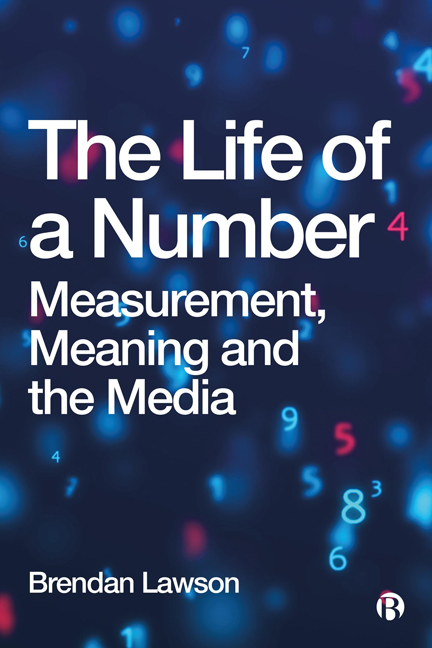Book contents
- Frontmatter
- Dedication
- Contents
- 1 Introduction
- 2 Data Bounds Are Reinforced by Policy
- 3 Quantitative Realism Underpins Data Bounds
- 4 Quantitative Realism Is Mathematical and Abstract
- 5 Desire for Data Bounds Underpins Quantitative Realism
- 6 Data Bounds Are Emotive
- 7 Data Boundaries Are Drawn Within Historical Norms
- 8 Critically Engaging with Data Bounds
- Afterword
- Notes
- References
- Index
7 - Data Boundaries Are Drawn Within Historical Norms
Published online by Cambridge University Press: 18 January 2024
- Frontmatter
- Dedication
- Contents
- 1 Introduction
- 2 Data Bounds Are Reinforced by Policy
- 3 Quantitative Realism Underpins Data Bounds
- 4 Quantitative Realism Is Mathematical and Abstract
- 5 Desire for Data Bounds Underpins Quantitative Realism
- 6 Data Bounds Are Emotive
- 7 Data Boundaries Are Drawn Within Historical Norms
- 8 Critically Engaging with Data Bounds
- Afterword
- Notes
- References
- Index
Summary
Understanding data bounds is not just about data. This chapter marks a break from the previous five by identifying how broader historical norms can help shore up certain data bounds and marginalize others. It does so through a single case study: the way a projection of 90,000 cases per day failed to circulate in the media.
In May 2020, a group of experts in the UK set up the Independent Scientific Advisory Group for Emergencies (Independent SAGE). This operated in opposition to the official Scientific Advisory Group for Emergencies (SAGE) that advised the UK government on the handling of the pandemic. According to Independent SAGE, they are ‘a group of scientists working together to provide independent scientific advice to the Conservative government and public on how to minimize deaths and support Britain's recovery from the COVID-19 crisis’ (Independent SAGE, 2021b). Much of their work on communication centres on influencing the news media's coverage and more direct forms of communication (for example, social media) to pressure the government to change their approach to coronavirus.
As part of this strategy, they held weekly press conferences that were live streamed on YouTube. In one of these press conferences on 2 July 2021, Professor Christina Pagel – a member of Independent SAGE – made the following projection: ‘In mid-July we will have a seven-day average of 90,000 [cases per day]’ (Indie SAGE, 2021). This average of daily cases would far surpass the peaks of any of the previous waves.1 The alarming figure was used by Pagel to underpin her argument that the government should change tack. Instead of opening society on 19 July 2021 – the proposed date – they should wait until the vaccination programme had been rolled out fully. This would mean people gained immunity through vaccination rather than natural infection.
The importance of the 90,000 figure, and the underlying argument, seemed to land with the two main audiences of the broadcast. Members of the public watching the briefing provided some direct reaction to the figure in the live chat:
FSM is the dog: ‘80k … ugh’
PJ Neil: ‘Our own ski jump! :S’
Steven Corder: ‘Yes! Yes! My own modelling indicates that we’ll get
to about 96,000! I’m well chuffed about that!’ (Indie SAGE, 2021)
- Type
- Chapter
- Information
- The Life of a NumberMeasurement, Meaning and the Media, pp. 88 - 99Publisher: Bristol University PressPrint publication year: 2023

